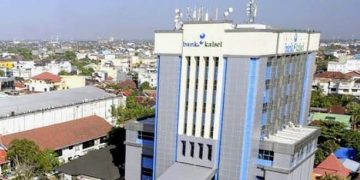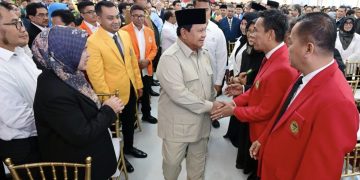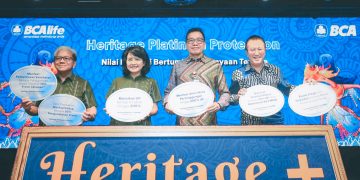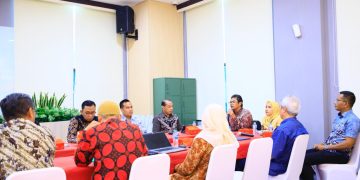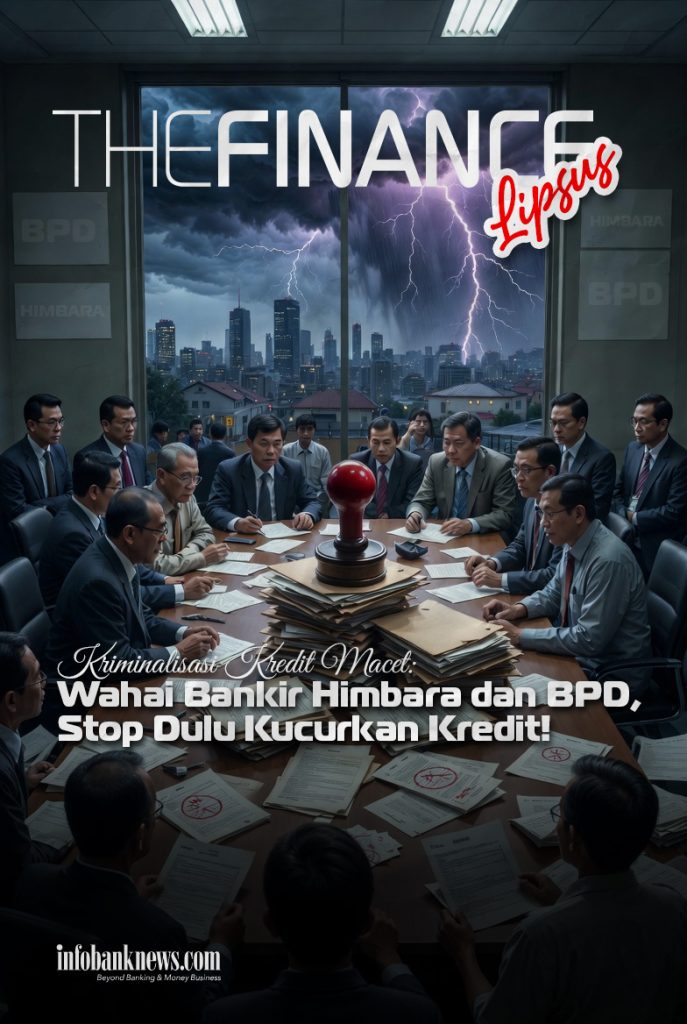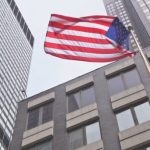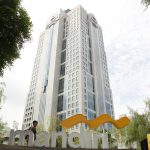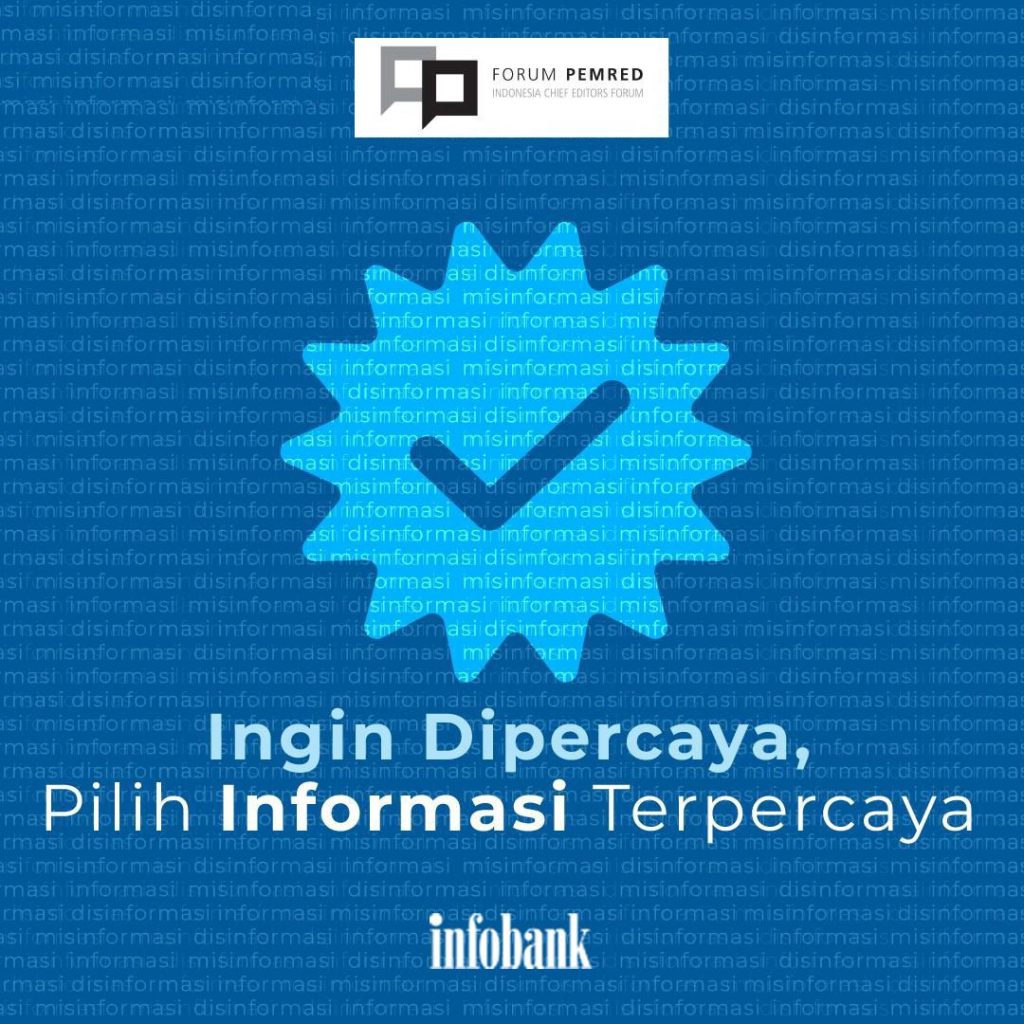By Karnoto Mohamad, Deputy Editor-in-Chief of Infobank
INDONESIA will have a new president in 2024. But whoever the president is, Indonesia’s economic system will not change. Whether Ganjar Pranowo, Prabowo Subianto or Anies Baswedan, all three presidential candidates are using Jokowinomics to realize their political ideas. Ganjar and Prabowo, who are symbols of sustainability, have a vision of realizing a Golden Indonesia at the 100th anniversary of Indonesia in 2045.
Anies, as a symbol of change, offers the idea of creating social justice. In the 2014 political campaign, Joko Widodo (Jokowi) also offered economic equality, because economic growth during the Susilo Bambang Yudhoyono (SBY) era made Indonesia’s gini ratio widen to 0.41. The rich got richer and the poor got poorer.
Anies’s Jokowinomics moves can be seen in the placement of BUMNs in the economy, similar to what Jokowi did. Anies will direct SOEs to carry out state duties, not directed to increase state revenue through tax contributions or dividends. All activities that have commercial value are carried out by the private sector, and if they have no commercial value, they are carried out by BUMN.
In contrast to former presidents B.J. Habibie or SBY, who at that time placed BUMNs more as market players, except those that run public service obligations (PSO). Jokowi is very keen to make BUMNs as agents of development by the government, even though the company has gone public. Jokowi’s ambition to build infrastructure is not enough to increase the portion of infrastructure spending in the state budget (APBN).
So, Jokowi also involved the role of SOEs to seek funds in the market, although later many were injected with state capital participation (PMN) to overcome the missmacth in SOE balance sheets. During the New Order era, the Soeharto administration did the same, and even more so. The state provided monopolies and subsidies to SOEs, while also providing excessive intervention, especially in the placement of retired generals in management seats so that SOEs became “cash cows” for the authorities.
According to the Infobank Research Bureau in its Banking and Finance Outlook 2024 study, Indonesia is only expected to achieve economic growth of between 5%-6% if there is no structural change in economic development. This means that by the time Indonesia celebrates its Golden Year 2045, it will still be in the medium income trap (MIT). This is because, to escape from the trap, Indonesia’s economic growth must reach an average of 7% per year from now on and that is only expected to happen in 2038. If economic growth averages 6%, Indonesia will only escape from MIT in 2041.
Breaking free from the MIT is not easy and many countries are struggling to escape it. According to the following World Bank data, out of 101 middle-income countries since 1960, only 13 countries have successfully upgraded to high income countries, including Greece, Hong Kong, Ireland, Israel, Japan, Mauritius, Portugal, Puerto Rico, Republic of Korea, Singapore, Spain and Taiwan Province of China.
While in Indonesia, the themes carried by each presidential candidate are relatively the same. The way to realize the vision also shows a fundamental difference. There is no acceleration or system change. Almost certainly, the changes that occur are only different in color because of the people who are in the circle of power. In fact, even those who are in the circle of power will not change at all. This is because the Indonesian political world is very easy to build political cartels where political party elites always want to collaborate to seek access to resources owned by the state.
The presidential candidates have a vision to make Indonesia 100 years old in 2045 as a high-income country. This will only be realized if economic growth averages above 6% per year to release Indonesia from the trap of a middle-income country. If the average economic growth is in the range of 5%-6%, then the Golden Year 2045 Indonesia has become a high-income country is only a “wet dream”.
What is the economic thinking of the 2024 presidential candidates to realize their political vision? What is the economic growth next year and the space available for banks and other financial institutions to achieve credit growth and other financial performance? What risks do bankers, executives at financial institutions and businesses face in 2024? Read the full story in Infobank Magazine Number 546 October 2023. (*)



